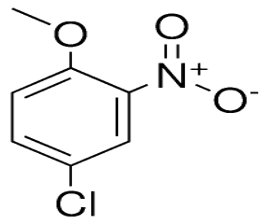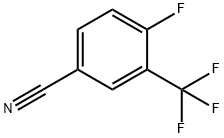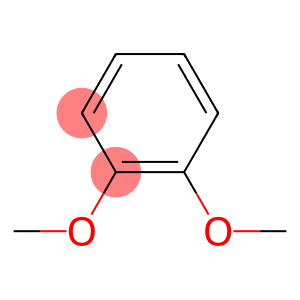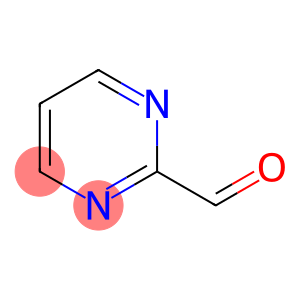4-Chloronicotinic acid(CAS#10177-29-4)
| Risk Codes | R22 – Harmful if swallowed R36/37/38 – Irritating to eyes, respiratory system and skin. |
| Safety Description | S26 – In case of contact with eyes, rinse immediately with plenty of water and seek medical advice. S36 – Wear suitable protective clothing. |
| WGK Germany | 3 |
| HS Code | 29333990 |
| Hazard Note | Irritant |
| Hazard Class | IRRITANT, KEEP COLD |
| Packing Group | III |
Introduction
4-Chloronicotinic acid, also known as 4-chloropyridine-2,6-dicarboxylic acid, is an organic compound. The following is an introduction to the properties, uses, preparation methods and safety information of 4-chloronicotinic acid:Quality:- 4-Chloronicotinic acid is a colorless crystalline powder with a peculiar bitter and sour taste.- It dissolves slightly in water and is more soluble in organic solvents.- 4-Chloronicotinic acid has some acidic properties and can react with alkali to form salts.- It is an unstable compound that readily decomposes by heat or reacts with oxygen.Use:- 4-Chloronicotinic acid is widely used in organic synthesis and is often used as a catalyst or reaction intermediate.- It can be used in the preparation of various chemicals such as glyphosate (a herbicide), dyes, preservatives, etc.Method:- 4-Chloronicotinic acid can be prepared in a variety of ways. The commonly used method is obtained by chlorination of pyridine-2,6-dicarboxylic acid, or by alkali-catalyzed carboxylation of 3,5-dichloropyridine.Safety Information:- 4-Chloronicotinic acid is an organic compound that is toxic.- Contact with the skin or inhalation of its dust may cause health problems such as irritation, allergies, or respiratory discomfort.- Wear personal protective equipment when using or handling 4-chloronicotinic acid and avoid direct contact and inhalation.- When storing and handling 4-chloronicotin, the necessary safety measures should be taken, including keeping away from fire sources and accompanying ventilation equipment.








